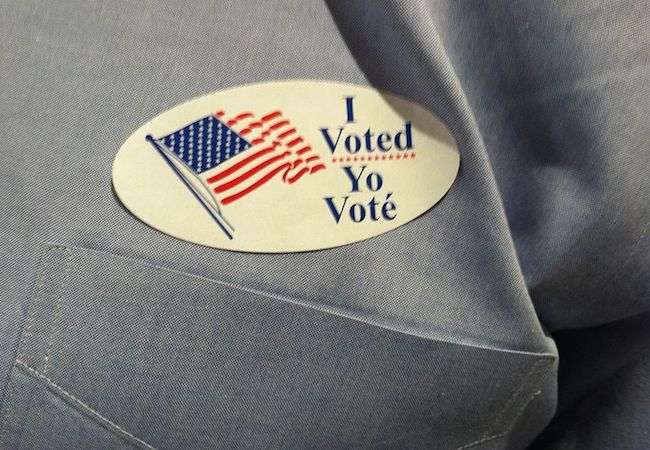
Argentine foreign minister Susana Malcorra met Friday morning with Foreign Secretary Boris Johnson in the framework of the G 20 ministerial summit which took place in the German city of Bonn. There was no official release on the meeting which apparently was brief.
However a picture of the two shaking hands was posted in the Argentine ministry site, and later Ms Malcorra said that during the encounter foreign secretary Johnson said he would like to visit Argentina and “apologized for the damages at the Darwin cemetery in the Falklands”.
The Argentine media also anticipates that Chancellor Phillip Hammond will be visiting Buenos Aires sometime during the year, but what is certain is that Trade Secretary Greg Hands and a UK business delegation will be traveling to Argentina.
Likewise Prime Minister Theresa May and president Mauricio Macri should have a chance to meet when the next G20 summit in Hamburg scheduled for July. Further more if PM May is still in office in 2018, the following G20 summit is scheduled to take place in Argentina and the two leaders will have ample time to talk.
It must be remembered that Macri and Malcorra did meet with the previous British government of PM David Cameron, and had a fluid relation. Macri also came across PM May during a UN reception in New York last year.
Foreign ministers will have another chance to gather and talk in Munich when they meet over the weekend for the Security Conference hosted by Germany.




